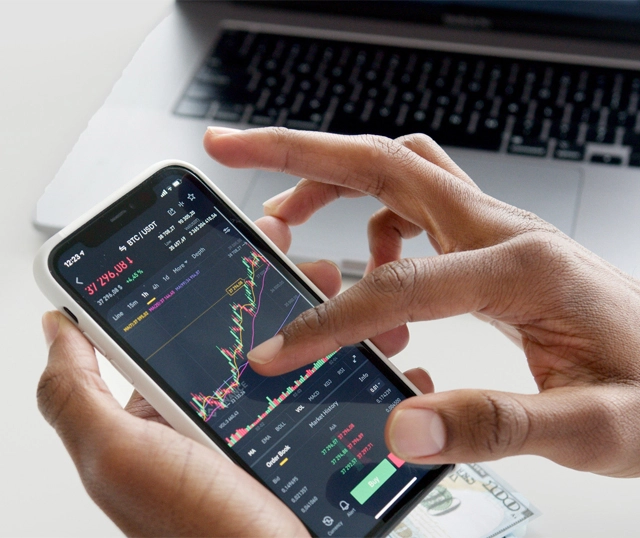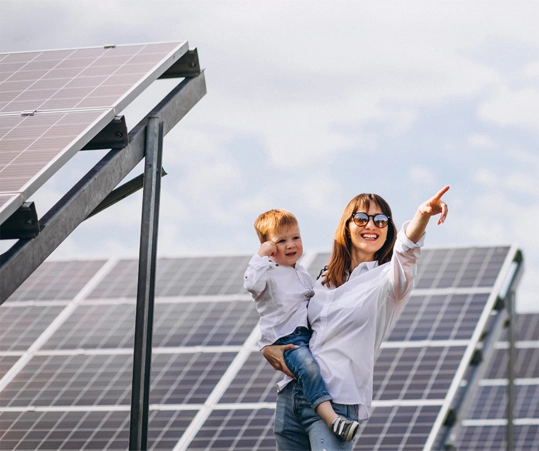Proudly

Long-term Investment
The financial benefit of solar is not a simple calculation; it is dependent on numerous variables. Since an investment in a solar power system is a long-term investment, all financial models which try to predict the financial viability of the system rely on certain assumptions over the long-term such as:
- Interest rate
- Inflation rate
- Income tax rate
- Replacement of components
- Electricity tariff escalations
- The stability of the Eskom grid
Powered by Froala Editor



Financial Viability
In addition to the abovementioned assumptions, the following factors influence the financial viability of any solar power investment:- The capital outlay of the system
- The relation of own capital vs. loan capital
- The financing period
- The business model and ownership of the system – is it owned, leased or is power purchased from the system?
- The technical design of the system and relative value breakdown of the main components: PV panels, inverters, batteries and balance-of-system
- Weather conditions, most importantly the specific yield (average kWh per kWp for each month of the year) for the geographical area
- Electricity consumption patterns of the client (day-to-day as well as seasonal), including peak power and energy consumption during the day and night
- What percentage of electricity consumption is supplied by solar power and what percentage is supplied by network power or other backup power, such as a diesel generator
- The tariff break-down: time-of-use tariffs and fixed vs. variable costs
- The cost of diesel in case of a backup diesel generator
- Running costs to maintain the system, e.g. maintenance, insurance and replacement of components
- The rate of degradation of PV panels, batteries and other components
- The income tax rate of the entity purchasing the solar power system, as well as any tax benefit.
- The value of consistent power, in other words, the potential financial loss due to power outages
Techniques to determine the financial benefits of solar power
There are different methods to determine the financial viability of solar power. In general, the figures look better for systems with little or no storage of energy than for systems with large battery banks. However, storage of energy in batteries has other advantages that are not always easy to convert to monetary values, such as dependable electricity supply resulting in longer lifespan of equipment and increased production. The following is a brief discussion of some of the most commonly used techniques to evaluate the financial viability of solar power:
Powered by Froala Editor

Because of its simplicity the simple payback period is widely used to determine the financial viability of a solar power investment. For most solar systems the payback period (when the sum of the savings generated by the system equals the capital investment) varies between three and eight years. The payback period for a grid-tied system with no energy storage within a municipal area (with higher electricity tariffs) may be as short as three years. On the other hand the payback period of an off-grid system with high energy demand during the night, could be eight years or more.

Net present value and internal rate of return are two techniques that are commonly used in financial analysis. Due to the long lifespan of a solar system combined with relative low maintenance cost, these values are normally very favourable for solar systems. The recent decrease in the price of lithium batteries contribute to high rates of return and net present values for solar installations.

The cost per kWh of solar power is calculated by dividing the total capital outlay of the solar installation plus expenses over time such as maintenance, insurance and replacement of components, through the total production (kWh) of the system over its expected lifespan. To obtain the correct value, all calculations should be done on an after-tax basis and taking into account the time value of money (interest rates). This calculation normally shows that solar power is considerably cheaper than network power.

For some people the cash flow implications of the system is the deciding factor. When a solar system is financed, the cash flow is evaluated by comparing the monthly instalment of the loan to the savings that the system generates. Banks and financial institutions may finance solar systems over periods of seven years or longer, resulting in positive cash flow from early on in the investment. Furthermore, the South African Receiver of Revenue’s accelerated depreciation allowance (whereby 125% of the capital outlay may be depreciated in year one) contribute to positive cash flow.
For more information on the financial benefits of your potential solar investment, kindly contact us.